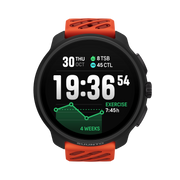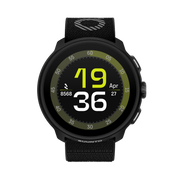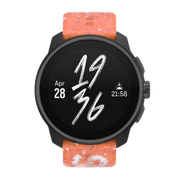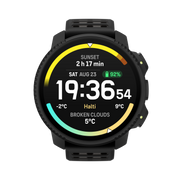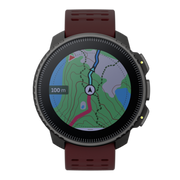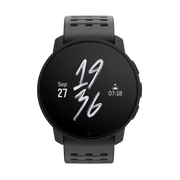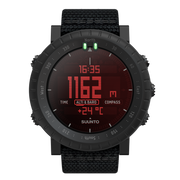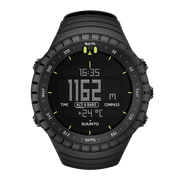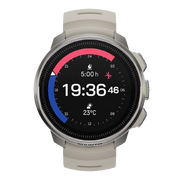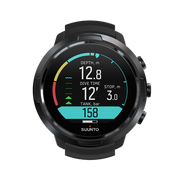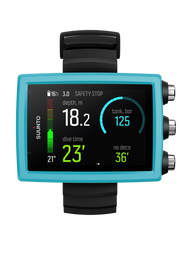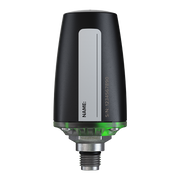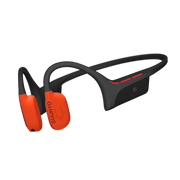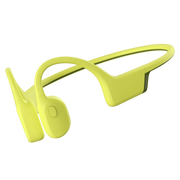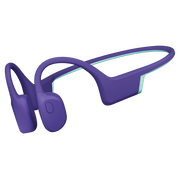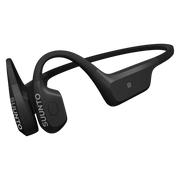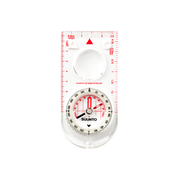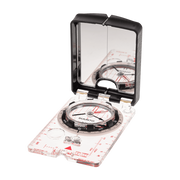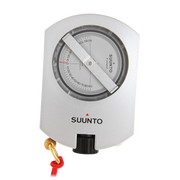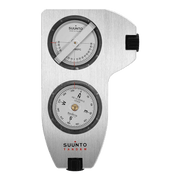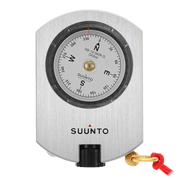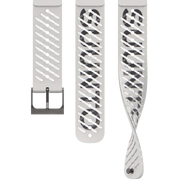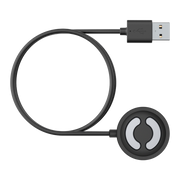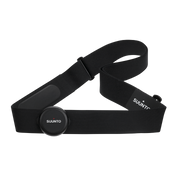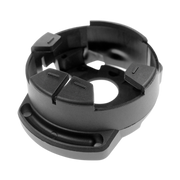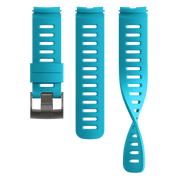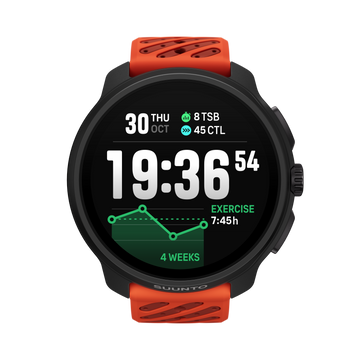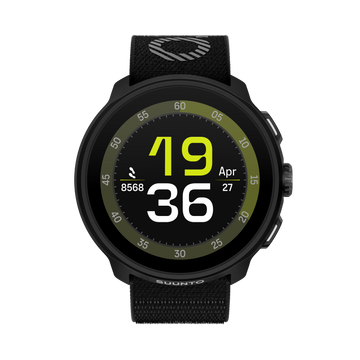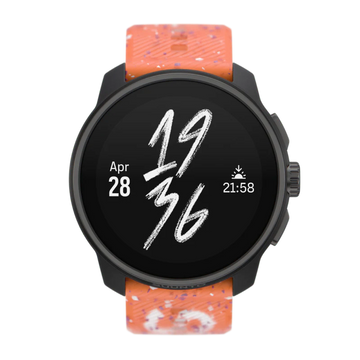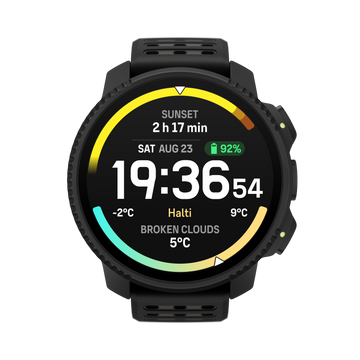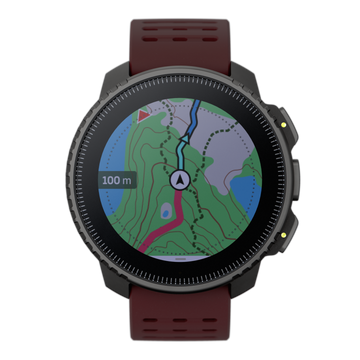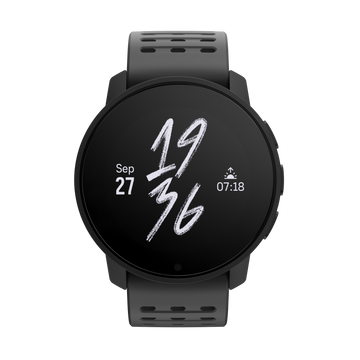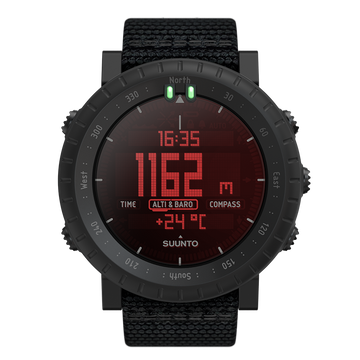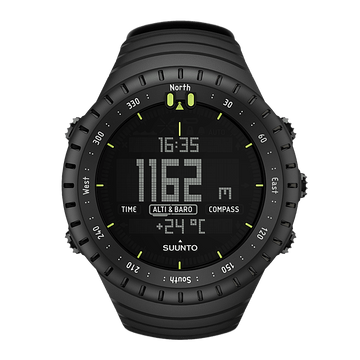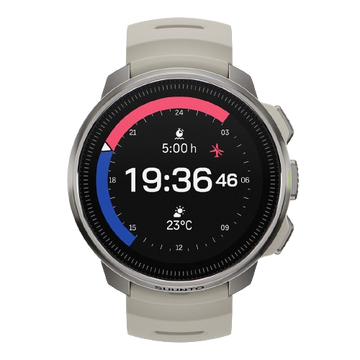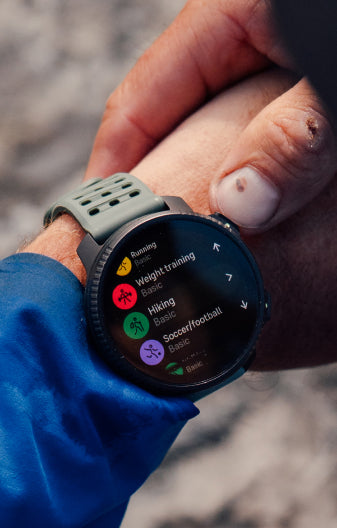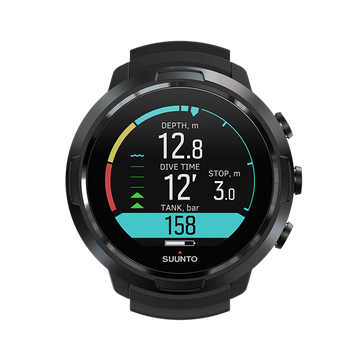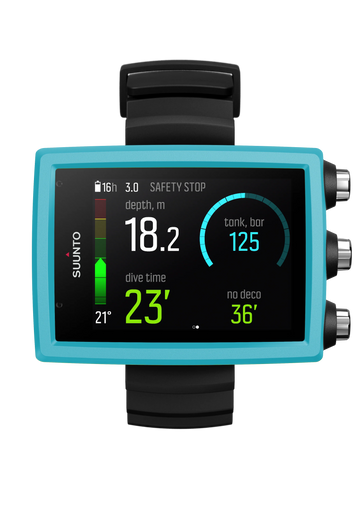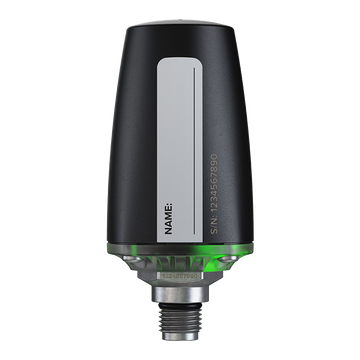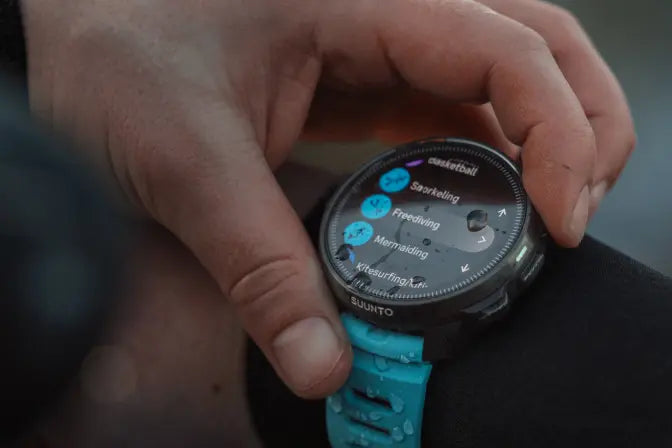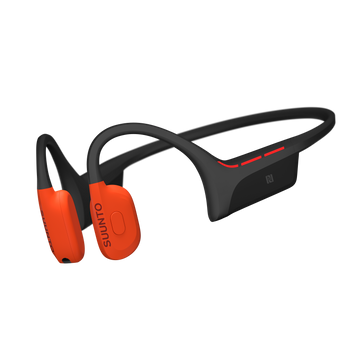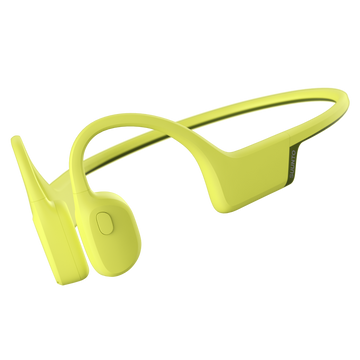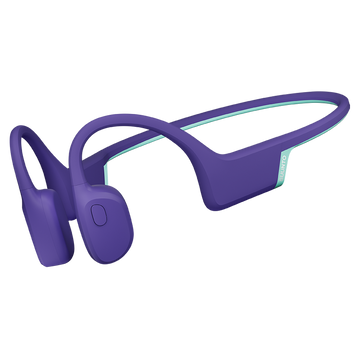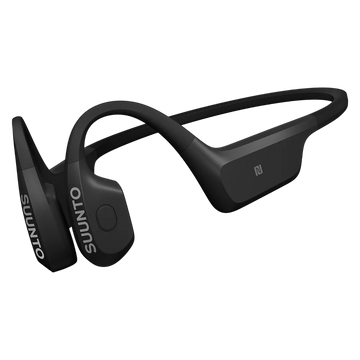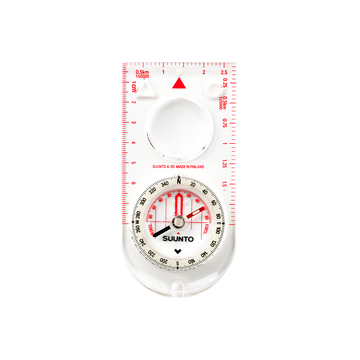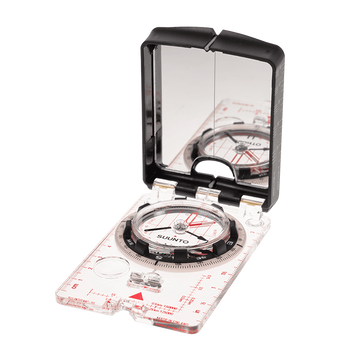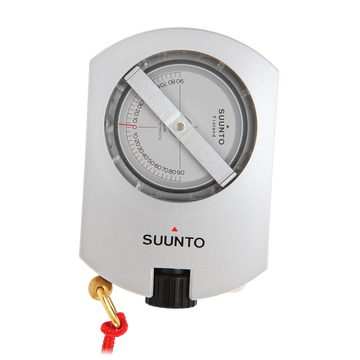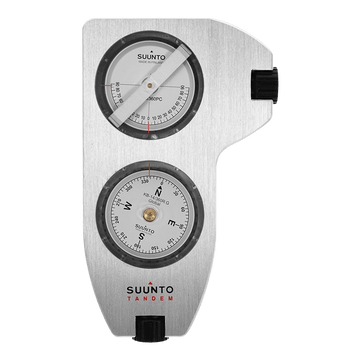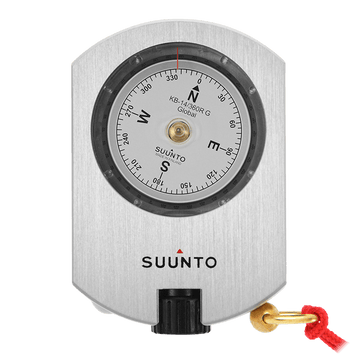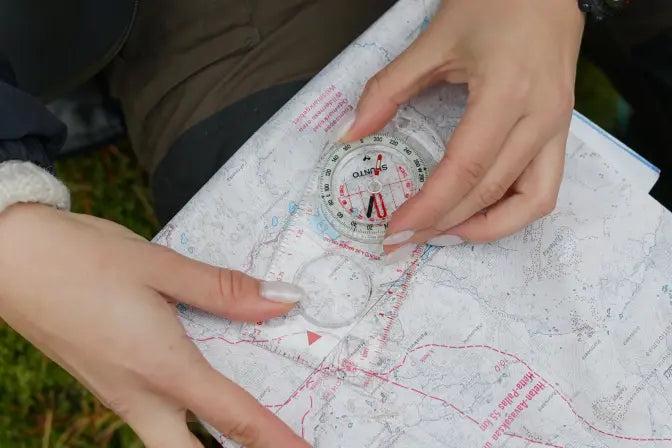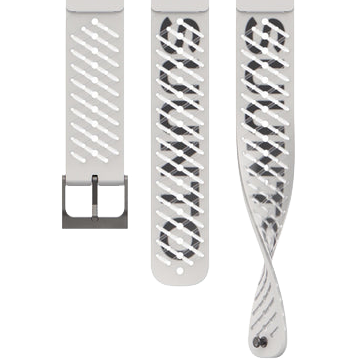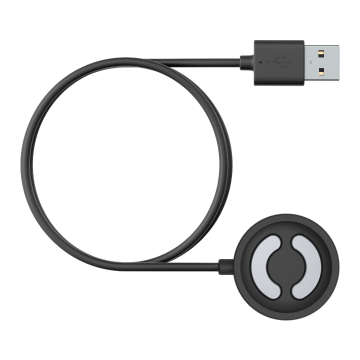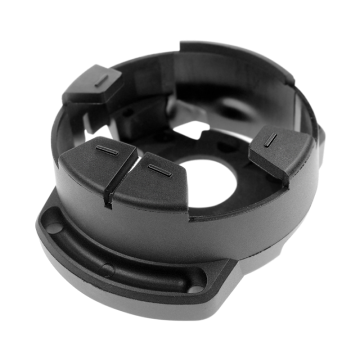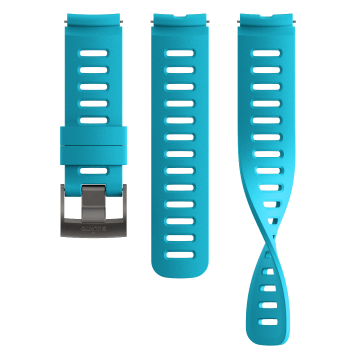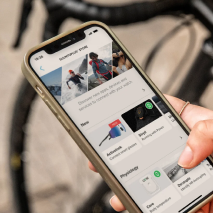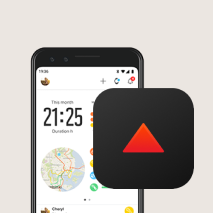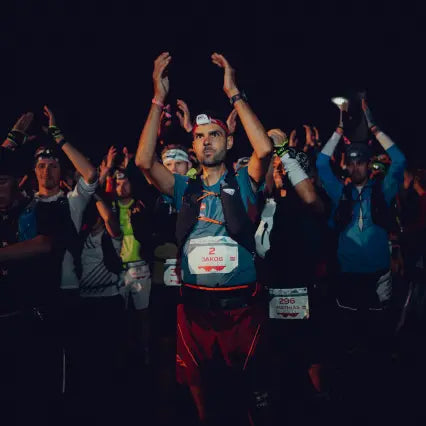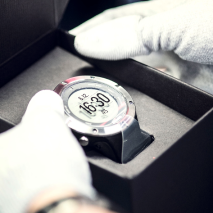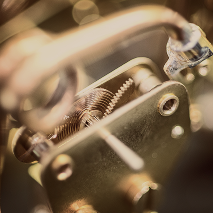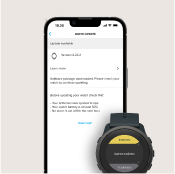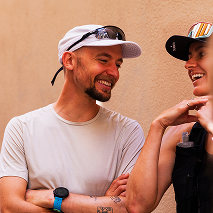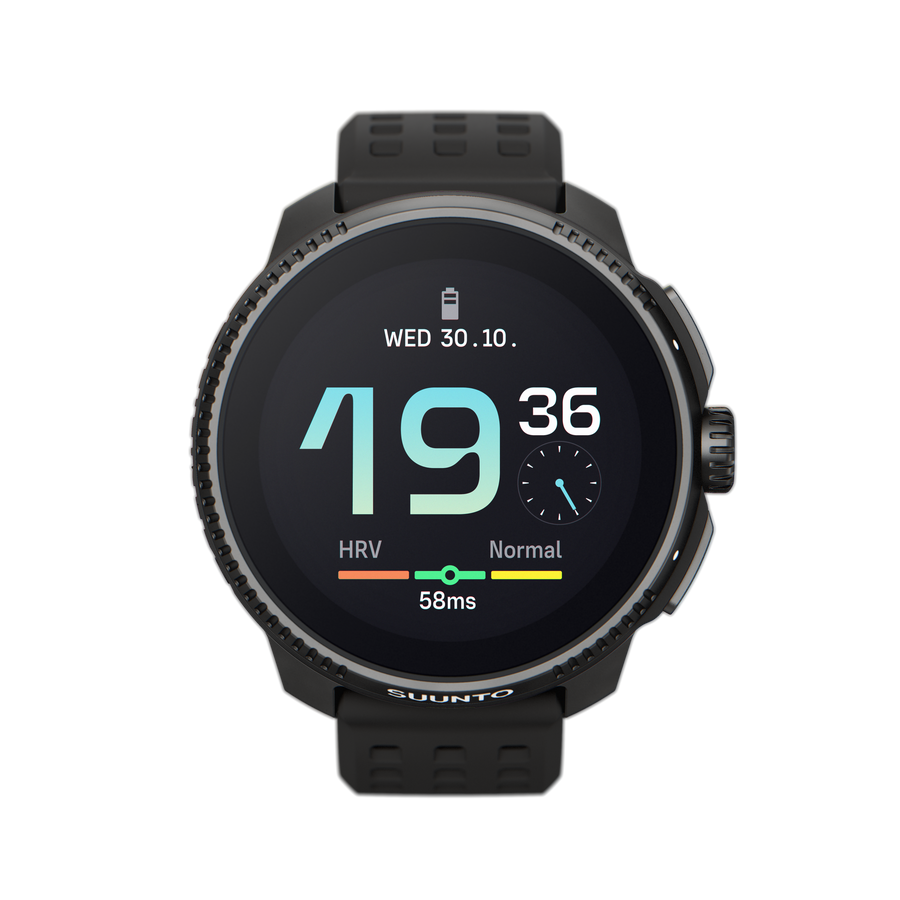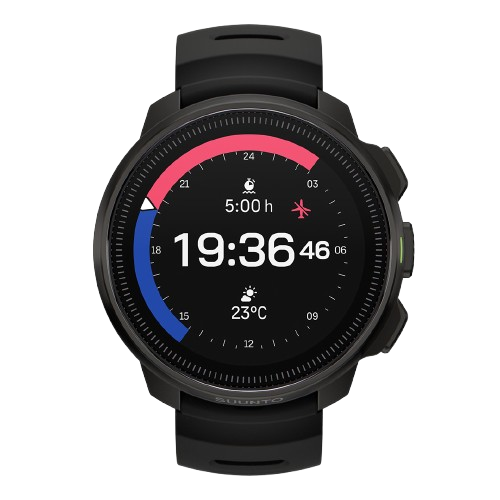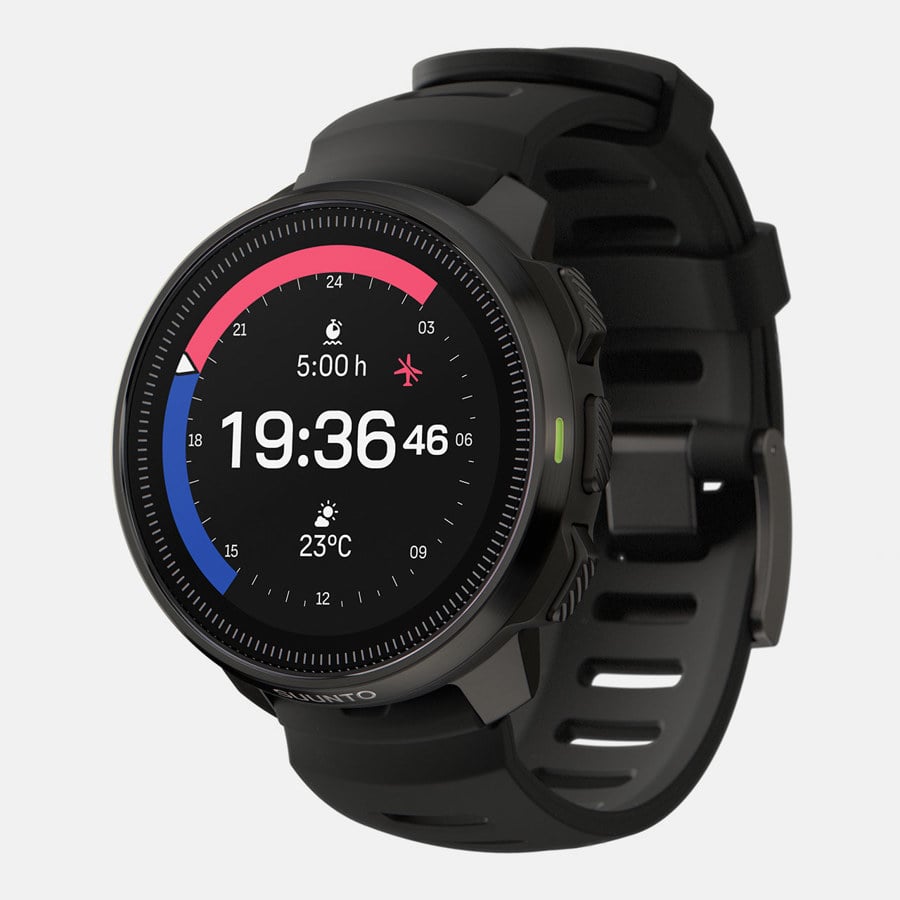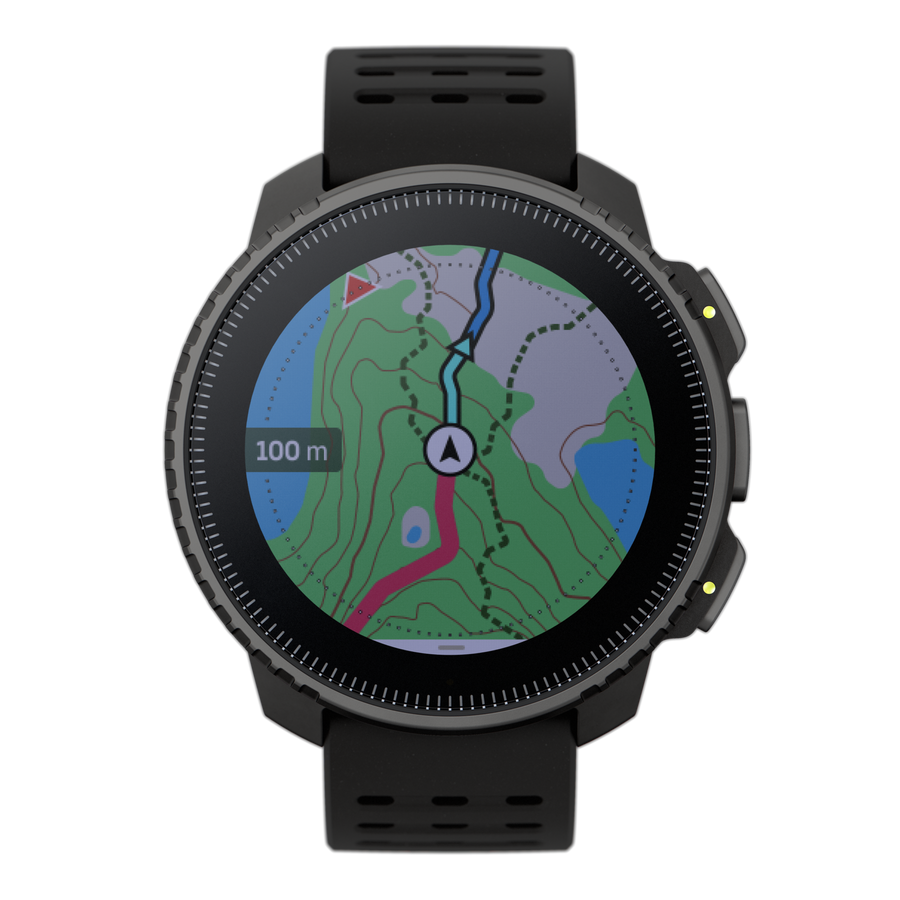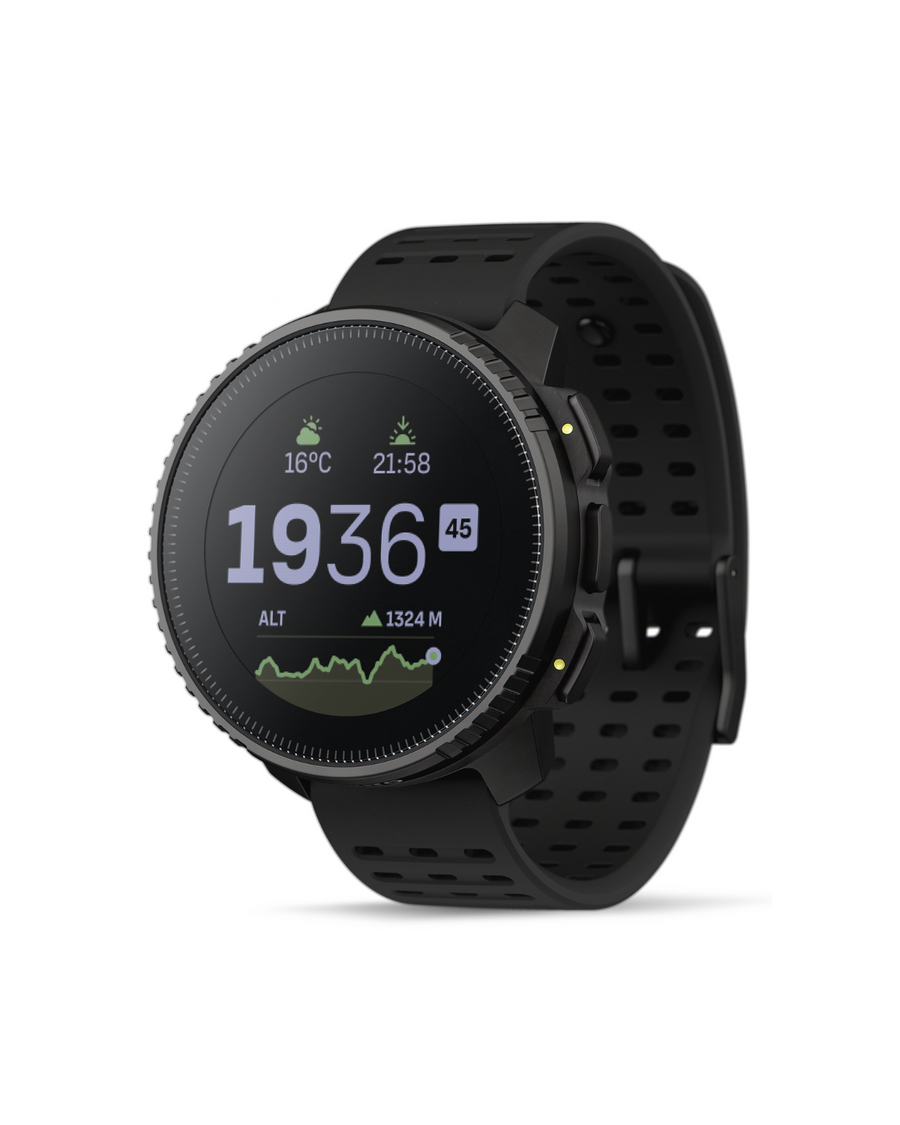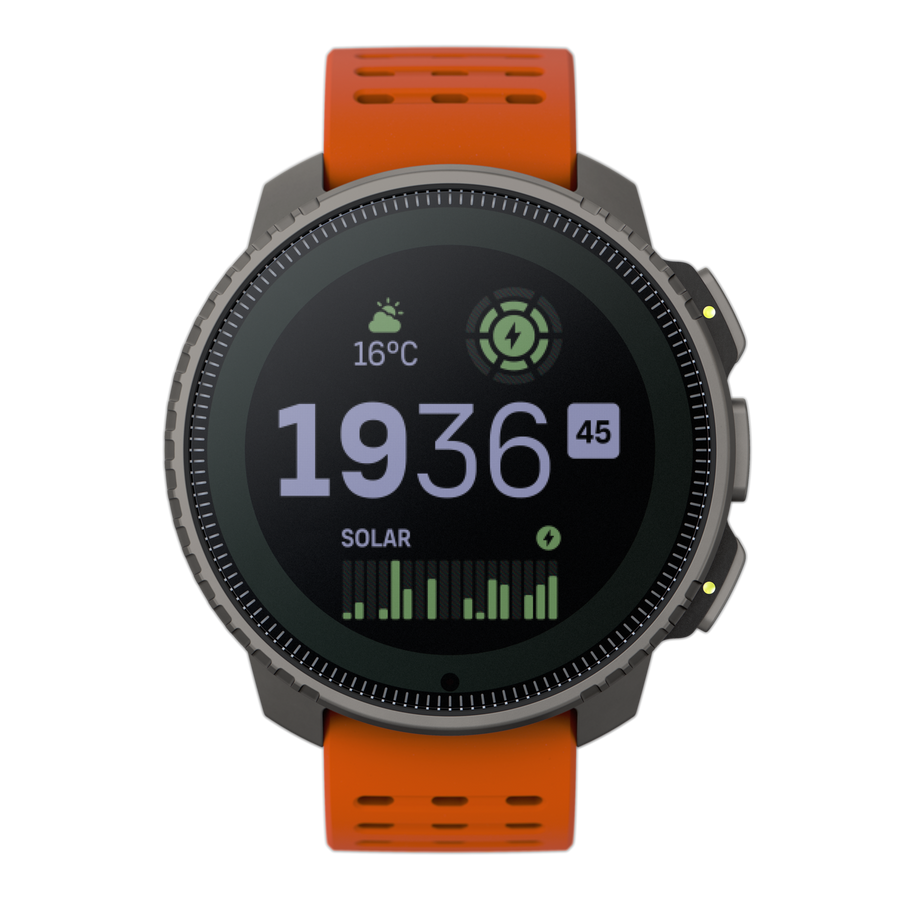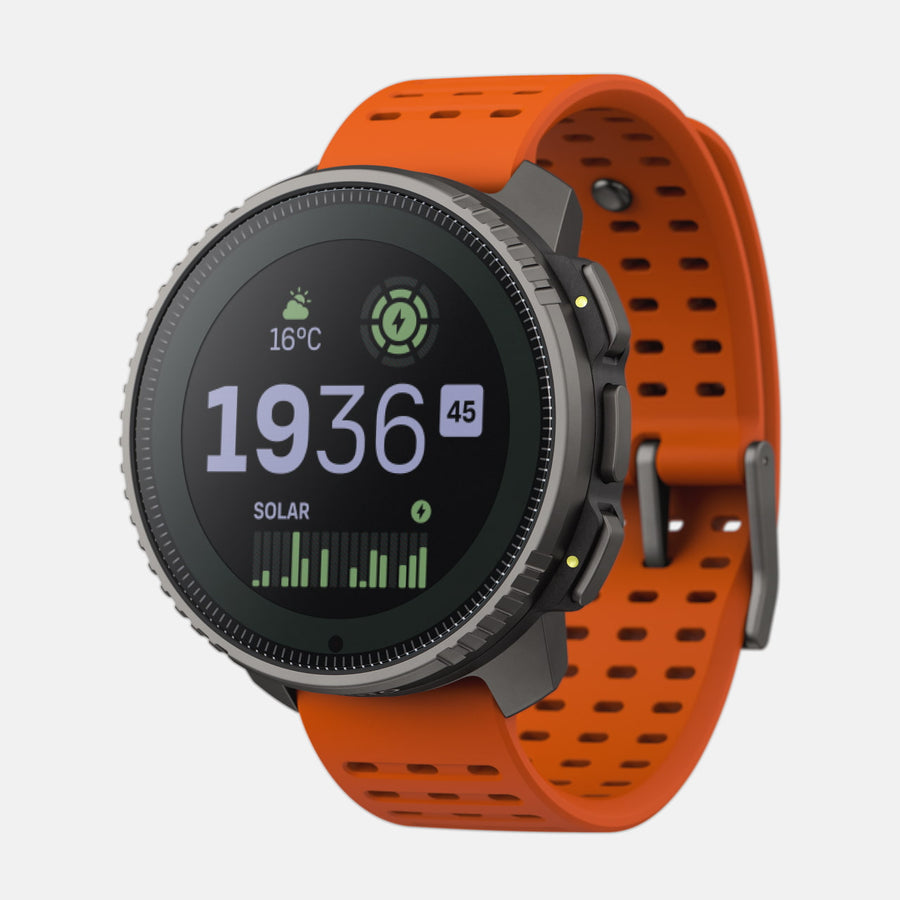During the exercise, running, lifting something heavy, or even just moving fast, pulling a muscle is quite common. This may seem common, but it can cause a lot of pain and stop you from doing daily activities. But don't worry, as there are some easy ways to help your body heal faster. Wondering how? We have got you covered. In this article, we will dive deep into how to speed up healing of pulled muscles in simple steps. Besides this, we will learn what causes muscle strain, and you can avoid it in the future. So let's get started.
Content Table:
- Part 1: What is Muscle Strain?
- Part 2: Why My Muscles Get Pulled?
- Part 3: How to Speed up Healing of Pulled Muscles?
- Part 4: How Long Does It Take to Recover from the Muscle Strain?
- Part 5: How to Avoid Muscle Strain Again?
Part 1: What is Muscle Strain?
But let's first understand the basics. A muscle strain, also known as a pulled muscle, happens when your muscle stretches too much or tears. This can occur suddenly, like during a quick movement, or slowly over time due to overuse.

When you strain a muscle, you may feel sudden pain, tightness, or weakness. Some people even notice bruising or swelling around the injured area, and this restricts movement in that area. It is because a muscle pull causes microscopic damage to muscle fibers. As a result, your body responds with:
-
Vasodilation (blood vessels widen) to bring healing cells and nutrients.
-
Increased permeability of capillaries allows fluid, white blood cells, and proteins to leak into the surrounding tissue.
-
This leads to swelling (edema) and sometimes bruising.
Generally, there are three different types of muscle strains
-
Grade 1 (Mild): In Grade 1, the muscle is slightly stretched, and there may be mild pain but no major weakness.
-
Grade 2 (Moderate): In Grade 2, the muscle has a partial tear. As a result, you'll feel more pain, swelling, and have trouble using the muscle.
-
Grade 3 (Severe): In Grade 3, the muscle is fully torn. This is very painful and often needs medical treatment.
Now that you understand what a muscle strain is, let's talk about what causes it in the first place.
Part 2: Why My Muscles Get Pulled?
Muscle strains can happen to anyone, and they often show up when you least expect them. But the real question is, what causes them? Here are some of the common reasons for pulled muscles:
-
Overuse: Sometimes in sports or at work, if you use the same muscle too much, it gets tired and is more likely to get injured.
-
Not Warming Up: Jumping into hard activity, such as running or working out at the gym, without warming up your muscles often results in muscle strain.
-
Poor Flexibility: As stiff muscles can't stretch properly, they're easier to pull.
-
Sudden Movements: Sudden movements such as quick turns or jumps can cause your muscles to tear.
-
Lifting Heavy Things Wrong: If you lift something heavy without using the right technique, your muscles can strain.
-
Old Injuries: If you've strained a muscle before, it's easier to hurt that area again.
-
Cold Weather: Muscles tend to tighten up in the cold, which makes them easier to pull.
Part 3: How to Speed up Healing of Pulled Muscles?
Like we said earlier, pulling up a muscle is quite common, but the good news is, most mild to moderate strains can heal at home. But still, how do you make it heal faster?
To speed up the healing of pulled muscles, follow these tips:
1. Use the R.I.C.E. Method
This is the first thing you should do right after a muscle gets hurt.

-
Rest: Don't use the injured muscle. Avoid activities that make it hurt more. Rest allows the muscle fibers to repair.
-
Ice: Wrap an ice pack in a towel and place it on the sore spot for 15–20 minutes. Do this every few hours during the first two days. Ice brings down swelling and reduces pain.
-
Compression: Use an elastic bandage to wrap the area. This helps keep swelling down.
-
Elevation: Raise the injured part above your heart level if possible. This way, you are actually using gravity to reduce fluid buildup, lower pressure, and promote speedy recovery.
Doing R.I.C.E. in the first 48 hours is one of the smartest ways to start healing.
2. Stay Gently Active
While complete rest is important for the first couple of days, lying down too much can cause muscle stiffness. So, after two or three days, if you start feeling the improvement, try light stretching and gentle movement. For example, if you pulled your leg muscle, try slowly bending and straightening your leg. Just be careful and if it hurts, stop.
Gradual movement helps prevent stiffness and keeps the muscle from getting weak. However, avoid full workouts or heavy lifting until your strength returns.
3. Do a Gentle Massage
After a muscle strain, you might feel tight knots in the muscle. Therefore, a soft massage around the injured area can be really helpful. It is because a soft massage can improve blood flow and reduce tension. You can do it by using your fingertips or a foam roller to apply light pressure. Never press too hard, especially if the area is swollen.
4. Switch to Heat After 2–3 Days
Once swelling is gone, usually after 48 hours, switch from ice to heat. You can try a warm compress, hot towel, or heating pad as they can loosen the muscle and increase circulation. Apply heat for 15–20 minutes, especially before doing gentle stretches.
5. Eat Foods That Support Muscle Recovery
Believe it or not, your plate can speed up your healing process. Certain foods give your body the nutrients it needs to rebuild damaged muscle fibers. Therefore, in muscle recovery, try foods like:
-
Protein-rich: Like eggs, chicken, beans, and tofu.
-
Fruits and veggies: Especially leafy greens, oranges, and berries. These reduce inflammation and help your body fight damage.
-
Healthy fats: Found in nuts, seeds, and avocados. These support tissue healing.
-
Stay Hydrated: Drink more water, as muscles need water to recover and function properly.
Additionally, you can take natural supplements like magnesium or omega-3s. But make sure to only take it if your doctor approves.
6. Take Anti-Inflammatory Creams or Medicine
Over-the-counter pain creams or medicines like ibuprofen can reduce swelling and help with pain. But remember, these medicines don't heal the muscle; they just mask the pain. But still, use them wisely and don't overuse them. Also, always follow the directions on the label.
7. Do Simple Recovery Exercises
Once the pain has lowered after a few days to a week, start simple exercises to make your muscles stronger again. Focus on stretching and strengthening, but go slow. It is important because it will not only help you heal but also prevent another strain from happening.
Here are a few safe examples:
-
Gentle stretches for the injured muscle group
-
Low-impact movements like walking or light yoga
-
Resistance bands to rebuild strength once you're ready
|
Note: While most muscle strains heal on their own, you should see a doctor if:
In these cases, a doctor might suggest physical therapy, stronger medication, or even imaging like an MRI. So, if something feels off, don't guess, get it checked.
|
Part 4: How Long Does It Take to Recover from the Muscle Strain?
Usually, the recovery of muscle strain depends few things, such as how serious the strain is, your age, your overall health, and how well you care for the injury. But here's a general idea based on the type of muscle strain:
Grade 1 (Mild strain)
-
What it is: A few muscle fibers are overstretched, but the muscle is still mostly fine.
-
How long it takes: Usually 1–2 weeks.
-
What you can expect: You might feel some pain when using the muscle, but basic activities are still possible. With rest and proper care, it heals fairly quickly.
Grade 2 (Moderate strain)
-
What it is: A larger portion of the muscle is torn.
-
How long it takes: Usually 3–6 weeks.
-
What you can expect: You'll likely feel more pain, swelling, and weakness. Using the muscle might be difficult, and you may need to take a break from work or sports.
Grade 3 (Severe strain)
-
What it is: The muscle is completely torn or ripped away from the tendon.
-
How long it takes: Several months or longer.
-
What you can expect: This is a serious injury and often needs surgery or physical therapy. It may take 3–6 months, or even longer, to fully recover.
Everyone's body is different, so some people heal faster than others. Also, age, health, and how well you follow the treatment plan matter a lot.
Part 5: How to Avoid Muscle Strain Again?
No one wants to get hurt again, right? Here's how to keep yourself safe and prevent your muscles from future injury:
- Warm Up Properly: Before doing any physical activity, spend 5–10 minutes warming up. Walk, stretch, or do light movements to prepare your body.
- Stretch Every Day: Stretching makes your muscles more flexible and less likely to get pulled. You can stretch after waking up, before bed, or after workouts.
- Stay Active: Exercise regularly to keep your muscles strong. Strong muscles are harder to injure.
- Lift Things the Right Way: Bend your knees, keep your back straight, and lift with your legs, not your back.
- Stay Hydrated and Eat Well: Your muscles work better and recover faster when your body is healthy.
- Listen to Your Body: If something feels wrong, don't push it. Pain is a signal that your body needs rest.
- Wear the Right Shoes: If you're walking or exercising a lot, wearing proper shoes can support your body and prevent injuries.
- Monitor Recovery: You can use a smartwatche like Suunto Run to know when your muscles have recovered. They track things like resting heart rate, hrv, and sleep quality. By paying attention to these, you can avoid training too hard too soon and reduce the chance of pulling muscles again.
Conclusion
Pulled muscles are annoying and painful, but healing doesn't have to take forever. With the right care and a few simple steps, you can recover faster and feel better soon. Remember, knowing how to speed up healing of pulled muscles is the first step, but avoiding the injury again is just as important. So take care of your body, treat it kindly, and it'll reward you with strength and movement.
